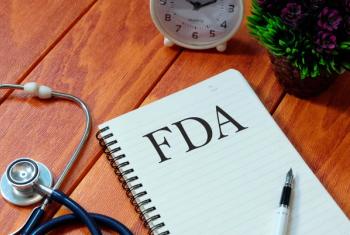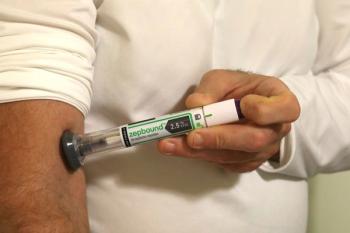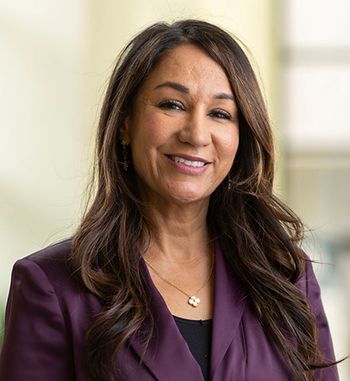
Sleep Disorders Resource for Primary Care Physicians
Sleep disorders are among the most common medical complaints. To better address the problem, the NSF has launched a comprehensive free online sleep disorders resource.
Sleep disorders are among the most common medical complaints-three-fourths of adults surveyed reported having at least 1 symptom of a sleep problem a few nights a week or more in the 2005 Sleep in America Poll, conducted by the National Sleep Foundation (NSF). Severe insomnia, the most frequently reported sleep problem in the United States, affects about 10% of adults, according to the NSF. Millions of adults have other sleep problems, including obstructive sleep apnea; disorders of excessive daytime somnolence, such as narcolepsy; circadian rhythm disorders; and parasomnias. Also, the effects of sleep deprivation are a growing concern.
To better address the problem, the NSF has launched “
The guide is an updated Web version of Dr Peter Hauri’s book, “The Sleep Disorders,” first published in 1977. The online resource, easily accessible on portable devices, has been developed for nonspecialists who need a free, fast, convenient tool, the NSF said.
The guide provides a practical introduction to sleep apnea, insomnia, narcolepsy, circadian rhythm disruption, parasomnia, sleep-related movement disorders, and other sleep problems.
In addition, it describes tools for evaluating sleep and its disorders used in a clinical sleep disorders center, including the following objective diagnostic tools:
• Polysomnography. The patient sleeps in the lab overnight, and sleep behavior is monitored and usually videotaped. Physiological variables are measured and recorded during sleep and wakefulness. Typical measures include 2 to 4 channels of brain electrical activity, eye movements, chin muscle tonus, and leg movements.
• Multiple Sleep Latency Test. Brain electrical activity, eye movements, and changes in chin muscle tonus are recorded during 4 or 5 daytime rest periods. Sleep latency and type of sleep are recorded to measure a patient’s degree of daytime sleepiness and the presence or absence of rapid eye movement periods at sleep onset.
• Maintenance of Wakefulness Test. Patients sit awake in the dark for 20 or 40 minutes in 2-hour increments. The test measures the ability to stay awake under soporific conditions, helps assess whether the inability to remain awake may compromise personal or public safety, and helps study the success of interventions on a person with excessive sleepiness.
• Wrist Actigraphy. An actigraph is worn to monitor wrist movements throughout the patient’s routine daily activities over a 1- to 2-week period while at home. The number of movements per minute is counted and later analyzed to estimate sleep vs awake time based on the frequency of arm movement.
Sleep influences all major physiological systems, and a partial or total lack of sleep-acute or chronic-can drastically change a person’s thinking and behavior and negatively affect physical, mental, and emotional health, the NSF noted.
Newsletter
Enhance your clinical practice with the Patient Care newsletter, offering the latest evidence-based guidelines, diagnostic insights, and treatment strategies for primary care physicians.

































































































































































































































































































